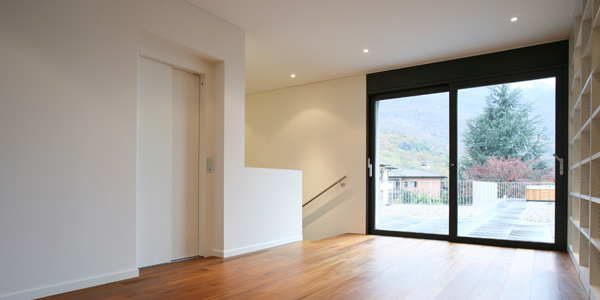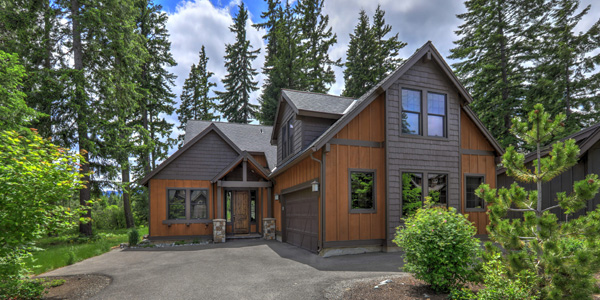With the vast amount of information on financial topics being served up to your clients on a daily basis, you’re tasked with helping them separate wheat from chaff. When it comes to the topic of reverse mortgages, you’re finding, conflicting statements and claims are leaving even you confused and uncertain, worried about staying compliant while providing needed guidance.
In Why Suze Orman Hates Reverse Mortgages” (an article your client brought to your attention, the authors cite Orman’s opinion that reverse mortgages are “not always a flexible option”, because borrowers must continue to pay to property taxes, homeowners insurance, and home maintenance costs, which can be especially challenging for older Americans on a fixed income.”: (Well, yeah, tax authorities and mortgage lenders of any type want to be paid.) In FA Magazine‘s The Complex Truth About Uncle Sam and Reverse Mortgages, the author states that “The income from reverse mortgages counts against eligibility for Medicaid and Supplemental Security Income”. (Upon further exploration, you read in reversemortgageguides.org that “a reverse mortgage does not automatically disqualify a homeowner for SSI, but the homeowner has to be careful with the timing of spending the reverse mortgage funds.”. Representing a positive view, Professor Finke of the American College is quoted in the FA Magazine article as saying “Failing to tap home equity means leaving joy on the table for a retiree who does have a strong desire to leave wealth to others”.
As an advisor, you’re wise to be cautious about recommending any tactic or product outside your expertise, What is, of course, within your purview is helping pinpoint the specific problem your client needs solved, what alternatives (including using housing wealth) need exploration, and what the costs of “doing nothing’ about the clients issue: might be, Arranging a consult with a specialist in government-insured reverse mortgages might be the next best step.
If you’d like to see what you might qualify for with a reverse mortgage in Indiana, or to download your Reverse Mortgage Guide Click Here (and scroll down).









